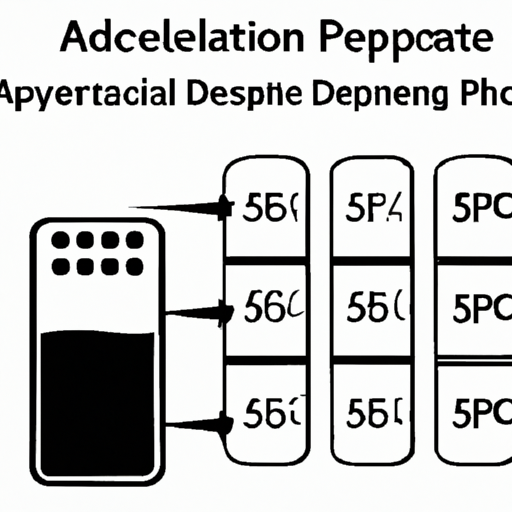Application Development in Battery Products for P-50AAHL3: Key Technologies and Success Stories
Developing applications for battery products, particularly for a specific model like the P-50AAHL3, involves leveraging various key technologies and methodologies to enhance performance, efficiency, and user experience. Below are some key technologies and success stories related to battery application development.
Key Technologies
| 1. Battery Management Systems (BMS) | |
| 2. Smart Battery Technology | |
| 3. Fast Charging Technologies | |
| 4. Solid-State Batteries | |
| 5. Recycling and Sustainability Technologies | |
| 6. Artificial Intelligence and Machine Learning | |
| 1. Tesla's Battery Technology | |
| 2. Apple's Smart Battery Cases | |
| 3. Panasonic's Solid-State Battery Development | |
| 4. LG Chem's Recycling Initiatives | |
| 5. NIO's Battery Swap Technology | |
Success Stories
Conclusion

The development of applications for battery products like the P-50AAHL3 is driven by advancements in technology and innovative approaches to battery management, sustainability, and user experience. By leveraging these technologies and learning from successful implementations, companies can create more efficient, reliable, and user-friendly battery solutions. The ongoing evolution in battery technology not only enhances product performance but also contributes to a more sustainable future in energy consumption and storage.
Application Development in Battery Products for P-50AAHL3: Key Technologies and Success Stories
Developing applications for battery products, particularly for a specific model like the P-50AAHL3, involves leveraging various key technologies and methodologies to enhance performance, efficiency, and user experience. Below are some key technologies and success stories related to battery application development.
Key Technologies
| 1. Battery Management Systems (BMS) | |
| 2. Smart Battery Technology | |
| 3. Fast Charging Technologies | |
| 4. Solid-State Batteries | |
| 5. Recycling and Sustainability Technologies | |
| 6. Artificial Intelligence and Machine Learning | |
| 1. Tesla's Battery Technology | |
| 2. Apple's Smart Battery Cases | |
| 3. Panasonic's Solid-State Battery Development | |
| 4. LG Chem's Recycling Initiatives | |
| 5. NIO's Battery Swap Technology | |
Success Stories
Conclusion

The development of applications for battery products like the P-50AAHL3 is driven by advancements in technology and innovative approaches to battery management, sustainability, and user experience. By leveraging these technologies and learning from successful implementations, companies can create more efficient, reliable, and user-friendly battery solutions. The ongoing evolution in battery technology not only enhances product performance but also contributes to a more sustainable future in energy consumption and storage.













